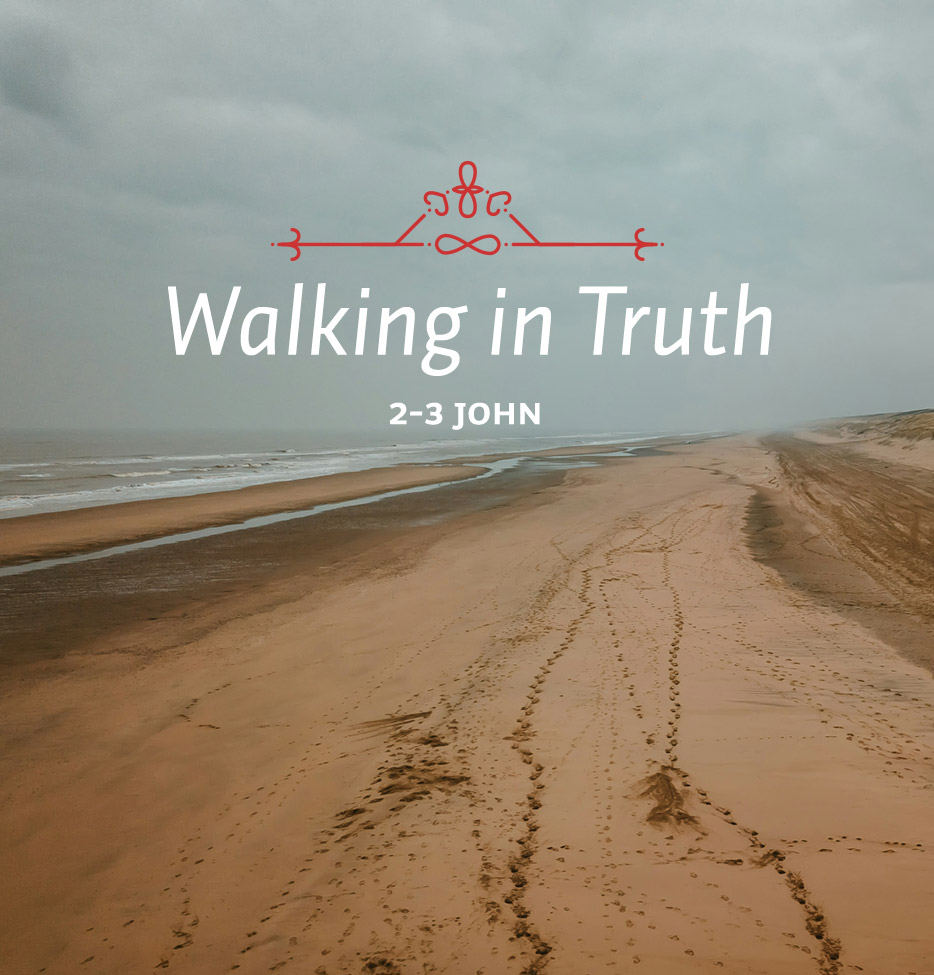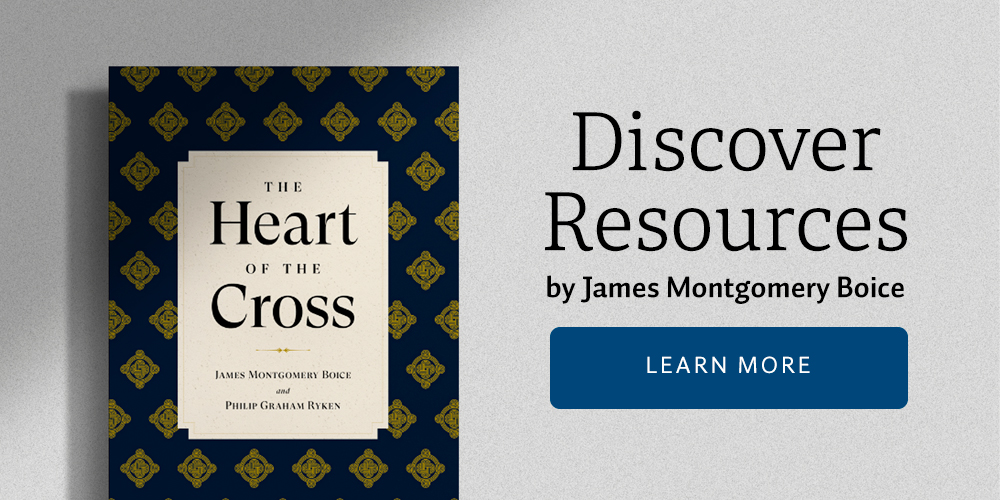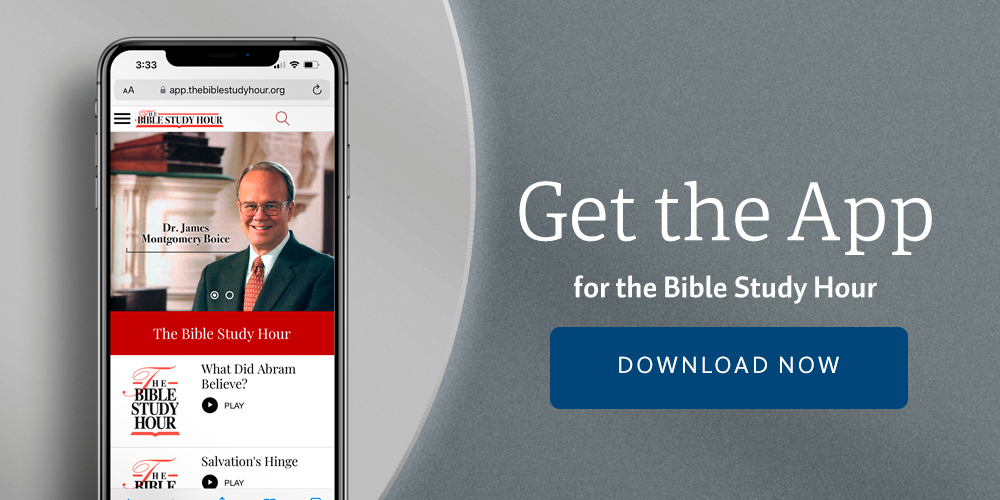No other books of the New Testament more clearly reflect the current letter writing style of the first century than do 2 and 3 John. There is an opening greeting, in which the author identifies himself and names those to whom he is writing. There is an opening salutation. This is followed by the body of the letter, containing the message. Then there is a closing salutation in which the author expresses his hopes of seeing the one to whom he is writing and sends a final greeting. The letters of 2 and 3 John follow this format. But, like the other New Testament books which also follow it, particularly the Epistles of Paul, these books introduce distinctly Christian ideas by which the conventional forms are both elevated and transformed.
In the case of 2 John there is an opening introduction which is filled with Christian greetings. This is followed by a two-pronged message dealing with the life within the local Christian congregation and the danger without. Finally, there is a conclusion in which the members of one Christian congregation greet those in another.
It is strange that a letter which is apparently so straightforward should present deep problems regarding both its author and its recipients, but such is the case. There is disagreement as to the identity of the elder. This question has been discussed in the introduction to 2 and 3 John. There is disagreement as to the identity of the recipient, whom John terms “the elect lady and her children.”
There are two general viewpoints as to who “the elect lady” might be. The first is that by this term John refers to an individual person. She may be unnamed, in which case “the elect lady” is a good translation. Or, which is less likely, she may be named, in which case the Greek words eklekte kuria could conceivably be translated “to the elect Kuria” or “to the lady Eklekte.” In support of this approach there is the fact that a personal address of this kind is what would be expected in so short and straightforward a letter. Moreover, if the recipient is not an individual, then the address must be symbolic of something else; and it hardly seems necessary to read a symbolic message or meaning into so short a text.1
The second viewpoint is that John is addressing an individual church which he thus stylizes by the phrase “the elect lady.” At first glance this seems unlikely for the reasons given above. But there are good arguments in its favor.
First, there is a strange absence of clear personal references, which is made all the more strange by the marked contrast with 3 John, which is quite personal.
Second, there is an apparently unconscious and repeated transition from the second person singular pronoun (vv. 4, 5, 12) to the second personal plural pronoun (vv. 6, 8, 10, 13), which indicates that the author may have been thinking of a complete congregation rather than just of one individual.
Third, there are expressions which are highly appropriate to the corporate view. These involve the expressions of love which John has for the elect lady and her children, the revelation that some of her children abide in the truth while some apparently do not, and above all the fact that the closing verse conveys greetings from the elect lady’s sister and the children who are with her. Moreover, if it is objected to this view that such a stylization is unnatural and unnecessary, it must be remembered that while that may be true for our age it was not necessarily true for John. In fact, a similar greeting from “the church that is at Babylon, elected together with you” (also a feminine singular ending) occurs just a few pages earlier in the New Testament, at 1 Peter 5:13.
While the matter is probably incapable of a final solution within the limits of our present knowledge, the balance of probability seems to be on the side of the corporate interpretation.
1Alexander Ross, The Epistles of James and John (Grand Rapids, MI: Eerdmans, 1954), 129-130.






